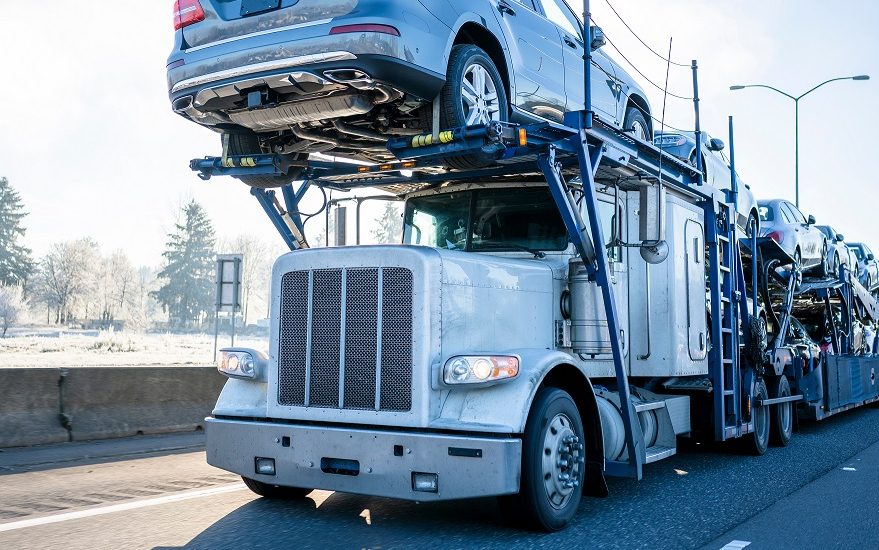In today’s car-buying landscape, customers have more options than ever when it comes to choosing a vehicle. One of those options is having a car shipped from one dealership to another. This practice, known as inter-dealership car shipping, allows customers to access cars or features that may not be available at their closest dealership.
It’s an increasingly popular service as customers seek ease and access to a wider selection of cars. Let’s look at the process and its benefits to help customers understand how inter-dealership car shipping works.
Why Might Customers Request A Car To Be Shipped To A Different Dealership?
The practice of shipping cars between dealerships has become increasingly popular with customers, as it allows them to access variety of options than they may have in their local area. There are several reasons why customers might choose to have a car shipped to a different dealership. For example:
- Some customers may want to purchase a specific model or variation of a certain car or even find the color they want unavailable in their local area.
- Others may be looking for a particular package of upgrades, features, or even a specific trim level.
- Sometimes, the vehicle they are looking for may be located at a dealership far from their home, but shipping it can make the purchase more convenient.
- In addition, having a car shipped between dealerships can be beneficial for those looking for a great deal, as they may be able to find one at a dealership outside of their region.
- This also applies to limited-edition vehicles that may not be available at the customer’s local dealership. An inter-dealership car shipping request provides customers with a more comprehensive selection of cars that may otherwise be unavailable to them.
Process Of Coordinating Dealership-To-Dealership Car Shipping:
Shipping a car between dealerships is a relatively straightforward process, but it requires coordination between both dealerships.
The car must be picked up at the original dealership and transported to the second one. Depending on the distance between dealerships, it may be necessary to hire a car shipping company to safely transport the vehicle.
The customer must also provide details such as the make and model of the vehicle, the desired shipping date, and the pickup and delivery addresses.
Once the shipment details are finalized, the customer will be given a tracking number to monitor the shipment status. This is typically done through the transporter’s website or other forms of communication.
The customer will be notified as the shipment progresses and when it arrives at the second dealership. The customer must then pick up the car from the delivery address and pay the transporter.
Potential Costs Associated With Inter-Dealership Car Shipments.
Shipping a car from one dealership to another can be challenging and costly, especially if the two dealerships are located in different states.
The process typically involves a third-party shipper that is contracted by the receiving dealership to transport the vehicle. The car can be driven or transported on a transporter truck, depending on the distance.
Naturally, shipping costs such as labor, fuel, and other associated fees will be involved. Furthermore, customers may need to pay for any additional service fees or insurance related to the transport.
For long-distance shipments, customers should expect to pay more for the transport. This is due to the fuel and labor costs of the transport vehicle and crew. It is also important to note that in some cases, the customer may be responsible for any tolls or registration fees for the vehicle during transit.
Additionally, the customer should be aware of any applicable taxes, fees, and surcharges associated with the car’s arrival at its destination.
Customer Experience And Communication During The Shipping Process.
Customer experience and communication are critical components in the car shipping process. Customers need to be kept informed and updated at every point along the way. Some dealerships may provide tracking tools to help customers keep tabs on their vehicle’s journey, and customers should be sure to set up notifications and alerts for any updates.
Additionally, having a dedicated point of contact at the dealership that customers can contact with questions can help make the process smoother. This person should be knowledgeable about the process and be able to provide customers with timely updates.
This should give customers peace of mind knowing their vehicle is in good hands. Finally, dealerships should aim to ensure that the customer experience is positive, offering a hassle-free process that allows customers to access their desired cars quickly and efficiently.

